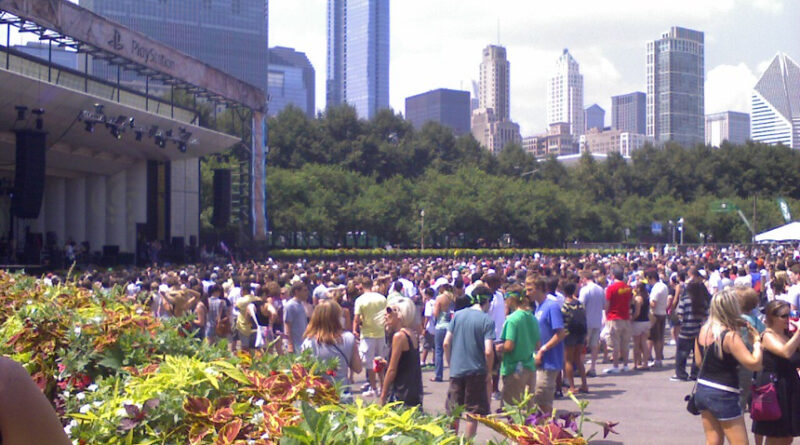City surface and air temperatures are in critical need of cooling. That’s because 20 of the world’s largest capitals experienced 52% days with 95 degree Fahrenheit (35 degrees Celsius) over the past 3 decades. More than 300 million people live in these cities, where climate change has made them vulnerable, surrounded by asphalt and buildings that absorb and retain heat.
Mitigation strategies are clearly needed to reduce urban heat, particularly against a background of urbanization, anthropogenic warming, and increasing frequency and intensity of heatwaves. Chip in a few dollars a month to help support independent cleantech coverage that helps to accelerate the cleantech revolution! Around 80% of the US population lives in urban areas. Concrete buildings, asphalt pulsing with heat, and a lack of greenery create heat islands in heavily populated areas, which can worsen the impact of hot weather.

Then the sun sets, and the built structure breathes back out its stored warmth, replenishing the blanket of heat during the evening. Urban heat island temperatures can be up to 11C (20F) hotter than less populated areas. Los Angeles is one urban center that started taking action as early as 2013 to cool its air and surface temperatures.
It passed a law requiring all new homes, non-residential buildings, and retrofits to have a cool roof. It also paints pavements white. These measures helped a bit, but issues linked to excess heat are still evident.
A study found the number of extrem.
















